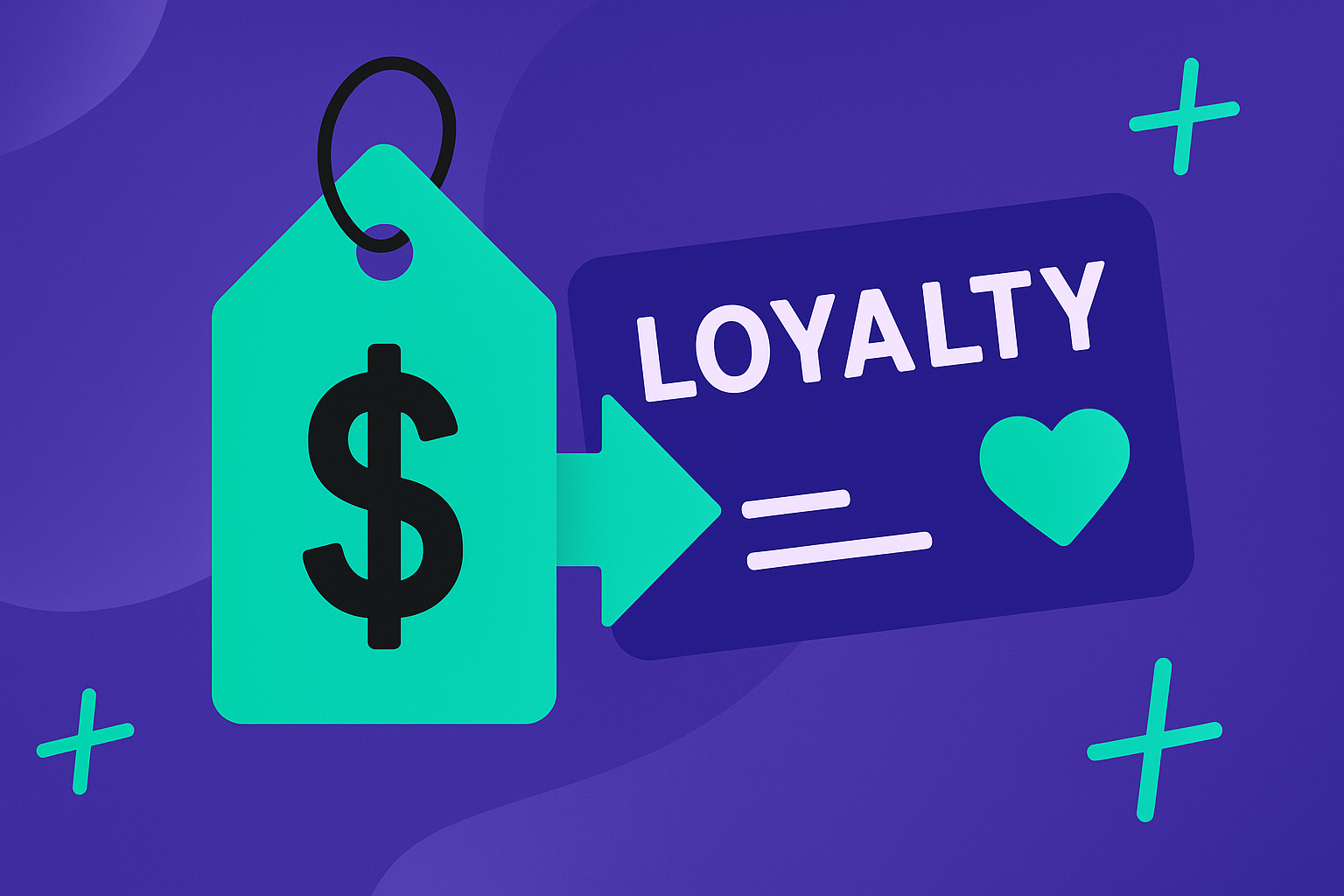Returns fraud costs retailers billions each year as fraudulent return rates have more than doubled since 2020. According to the National Retail Federation, 2023 brought in an estimated $5.13 trillion in retail sales in the US, but 14.5% of this ended up getting returned.
Of this $743 billion in returns, $101 billion were actually fraudulent (13.7%). This makes 2023's returns come out to a 34% increase in proportion of fraudulent returns as compared to the previous year.
Understanding Returns Fraud
Returns fraud encompasses a range of practices where individuals exploit return policies for personal gain. The three most common fraudulent return behaviors are wardrobing, returning stolen goods and fraudulent payment.
1) Wardrobing
In the returns space we often talk about bracketing, when customers buy multiple of the same item in different variations (size, style, color etc) with the intention of returning the ones they don't want. Wardrobing is similar in that customers purchase with the intent of returning, but in this case, the items are typically used or worn prior to return. This can negatively impact retailers when returned items can incur additional processing costs to prepare them for resale, or if they are damaged and cannot be resold. To combat this, brands should implement strict return policies and return verification (both of which ReturnBear can help with) can reduce the amount of returns from wardrobing.
2) Stolen goods
The return of stolen items for the purpose of getting a refund was identified by 44% of surveyed respondents in a 2023 study. Merchants can mitigate the impact of stolen good returns by requiring receipts or proof of purchase upon return. Opting for product exchanges rather than cash/credit refunds can also support in-store purchases and help retain revenue, or in the case of stolen merchandise, bring in owed revenue.
3) Fraudulent payment
Similar to the above, the third most common form of return fraud is returns for items purchased using fraudulent payment methods, such as stolen cards. Return policies, ID verification, and pattern recognition procedures to flag return frequency, the value of returned items, and the method of payment are all ways to reduce the impact of this form of fraud.
4) Friendly fraud
Sounds innocuous, but its anything but friendly for retailers. This occurs when customers falsely claim that an item was never received or was returned when it was not, leading to chargebacks and revenue losses. In 2020, chargeback fraud surged by 23%, highlighting the escalating challenges retailers face in combating fraudulent activities.
Many brands rolled out generous return policies during the pandemic to boost online sales and enhance customer satisfaction and loyalty. This inadvertently seems to have fueled a surge in both legitimate returns and fraudulent activities. As a result, retailers must strike a delicate balance between fostering customer trust and safeguarding against returns abuse.
Tips to Reduce Return Fraud
Stricter return authorization processes and requirements
To combat returns fraud effectively, retailers must adopt stricter return authorization processes and requirements. This may entail requiring proof of purchase, valid identification, and enforcing stringent return time limits to deter fraudulent activities and protect against abuse of return policies.
Return verification
ReturnBear drop-off points allow for on-site verification of items being returned prior to refund issuance, to confirm that retailers are getting the anticipated items back when a return is being made. The hands-on approach of confirming that the correct item is being returned and that it meets outlined return policy criteria can help retailers lower levels of return fraud while continuing to offer customers fast refunds, allowing for an enhanced customer return experience.
Adjusting return policies
Retailers can also adjust their return policies to strike a balance between customer service and fraud prevention. This may involve limiting free returns, imposing restocking fees on certain items, and implementing differentiated policies for different product categories based on their susceptibility to returns fraud.
By tailoring return policies to the unique characteristics of each product category and overall brand commitments, retailers can better manage returns fraud while maintaining customer satisfaction and loyalty. Sales growth and revenue retention are exciting aspects of business growth for retailers, and this is typically accelerated by offering superior customer experiences for everything from sales touchpoints to returns. However, by taking steps to reduce return fraud with ReturnBear, retailers can protect themselves from the growing problem of returns fraud via return policy automation and return verification.













.jpg)






%20(1).jpg)







































